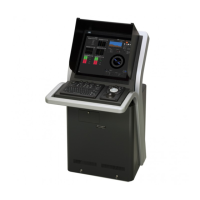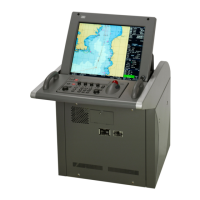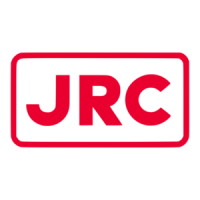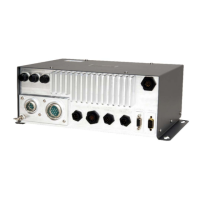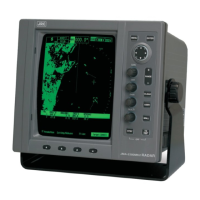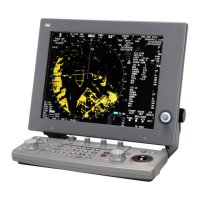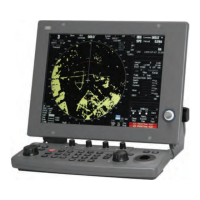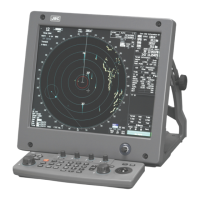How do I fix JRC Monitor when the azimuth of the Gyro compass is not displayed?
- KKathy GloverNov 25, 2025
If the azimuth of the Gyro compass isn't displaying correctly on your JRC Monitor, or the rotation direction is wrong: * Verify that the communication is set correctly. * Ensure the power supply for the Gyro compass equipment is turned on. * Check the connection with the Gyro compass equipment, looking for the LED indicator at signal reception if connected to the serial LAN or gyro interface circuit. * If using the serial-LAN interface circuit (CMH-2370), confirm its power supply is on. * If using the Gyro interface circuit (CMJ-554), ensure it is set correctly and check its fuse. If the issue persists, the serial-LAN interface circuit (CMH-2370), the Gyro interface circuit (CMJ-554), internal wiring, or the central control unit (NDC-1590) may be faulty, requiring a repair requ...
